Panamic Horse Conch Shell, Pleuroploca princeps
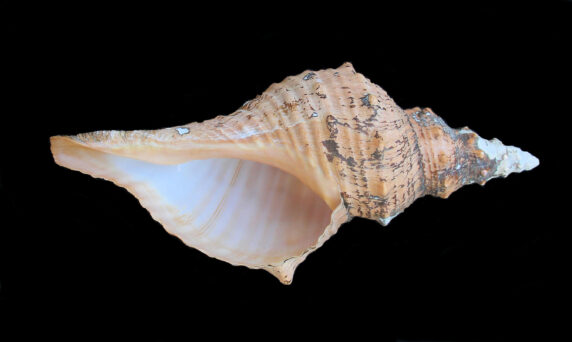
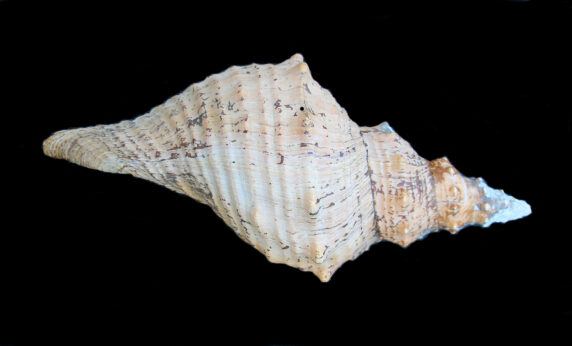
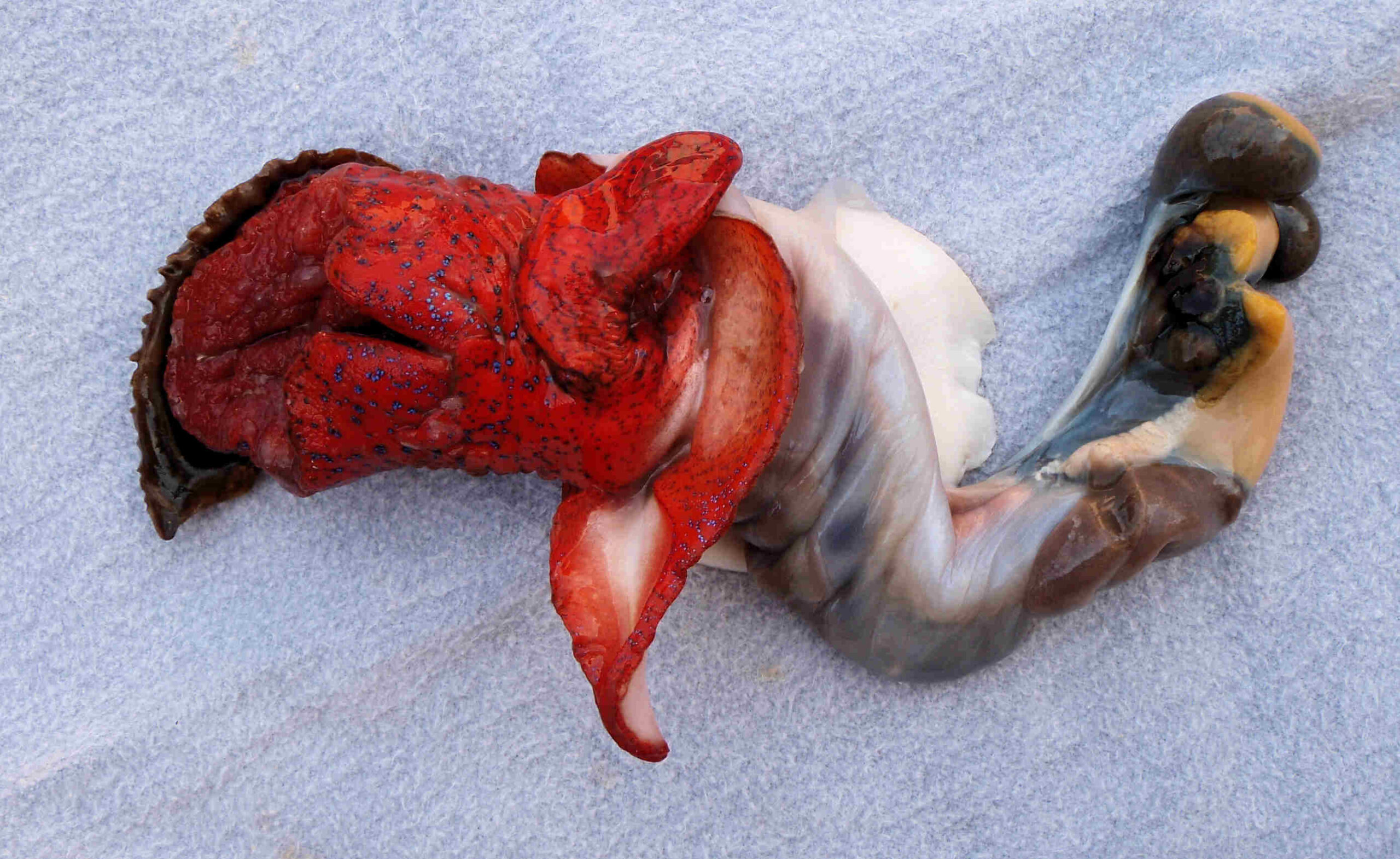 Panamic Horse Conch and Panamic Horse Conch Shell, Triplofusus princeps. Provided by the Commercial Fishermen of the greater Los Cabos area, Baja California Sur, December 2009. Size: 31 cm (12.2 inches) x 13 cm (5.1 inches).
Panamic Horse Conch and Panamic Horse Conch Shell, Triplofusus princeps. Provided by the Commercial Fishermen of the greater Los Cabos area, Baja California Sur, December 2009. Size: 31 cm (12.2 inches) x 13 cm (5.1 inches).
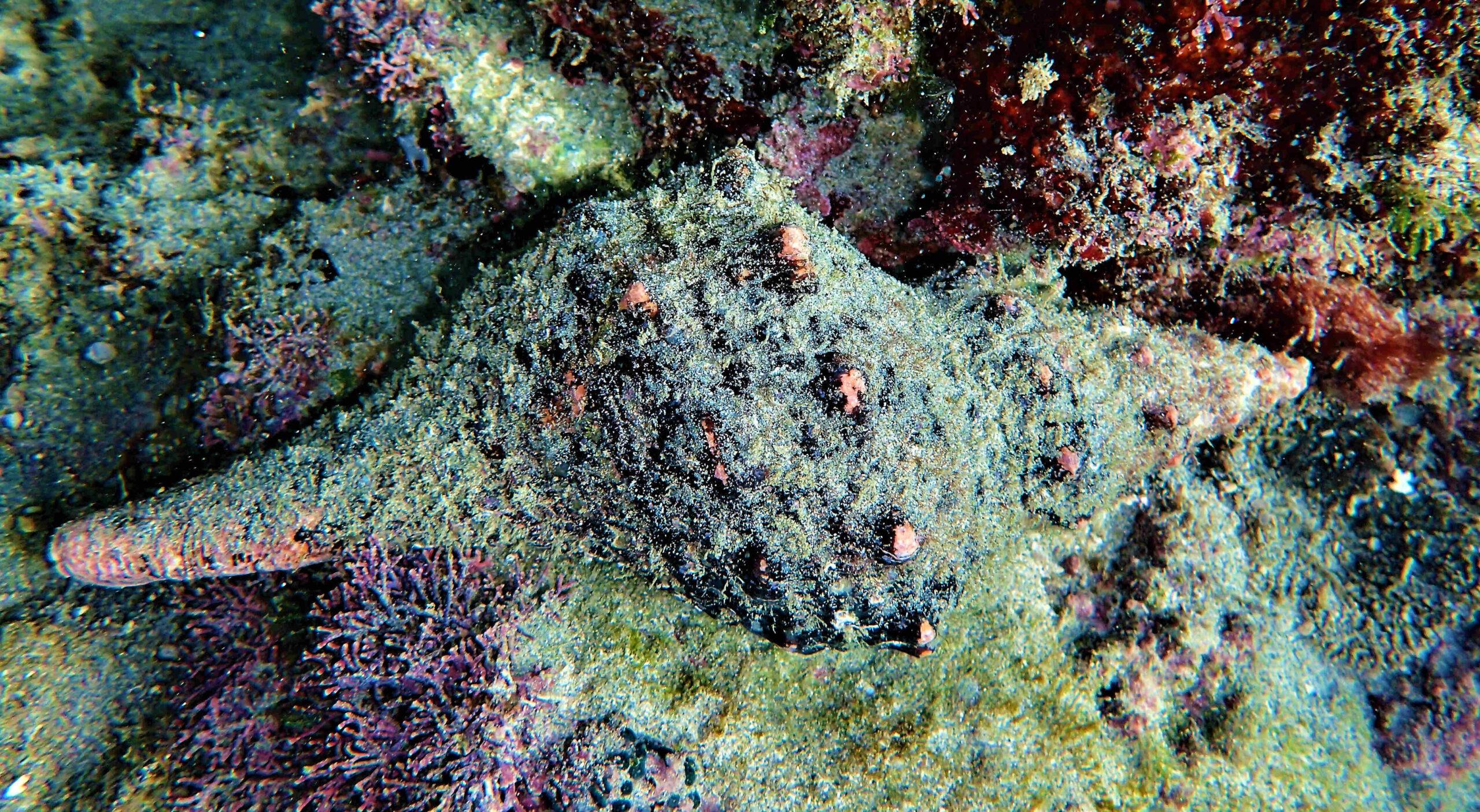 Panamic Horse Conch, Triplofusus princeps. Underwater photograph taken in Zihuatanejo Bay, Guerrero, November 2018. Photograph courtesy of Ron Woheau, Zihuatanejo.
Panamic Horse Conch, Triplofusus princeps. Underwater photograph taken in Zihuatanejo Bay, Guerrero, November 2018. Photograph courtesy of Ron Woheau, Zihuatanejo.
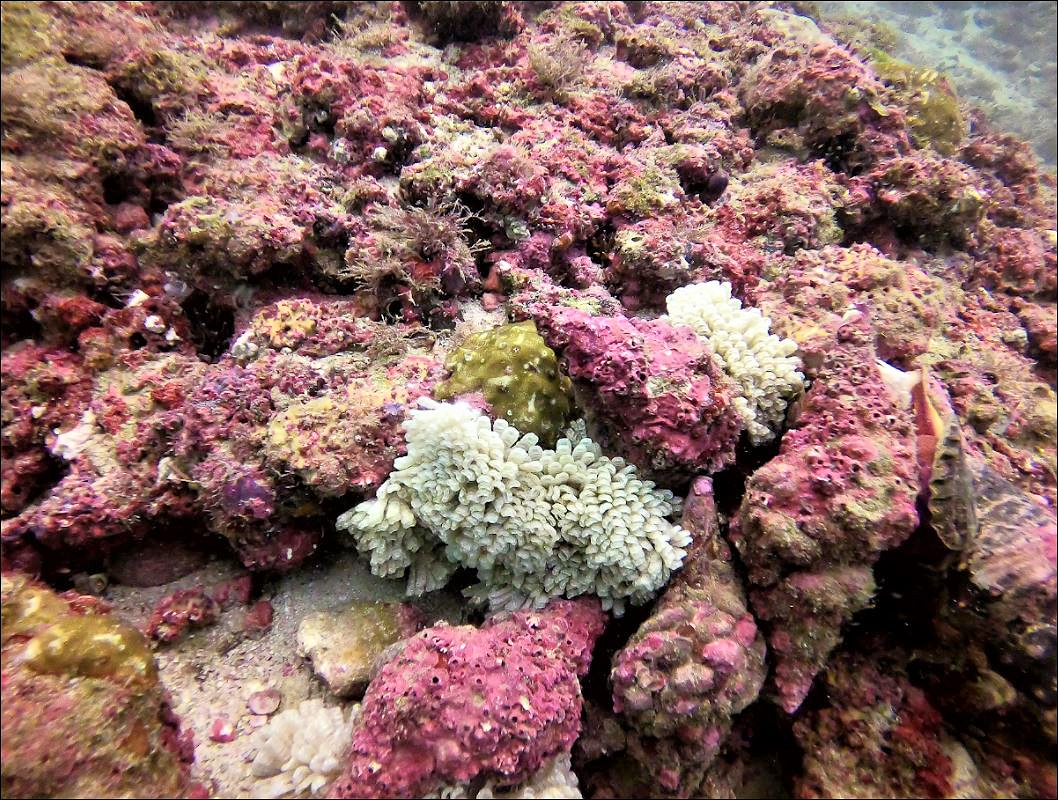 Panamic Horse Conch, Triplofusus princeps. Underwater photograph taken in coastal waters off Puerto Vallarta, Jalisco, September 2021. Photograph courtesy of Kevin Erwin, Seattle, Washington. There are more than a dozen live shells shown in this photograph.
Panamic Horse Conch, Triplofusus princeps. Underwater photograph taken in coastal waters off Puerto Vallarta, Jalisco, September 2021. Photograph courtesy of Kevin Erwin, Seattle, Washington. There are more than a dozen live shells shown in this photograph.
The Panamic Horse Conch, Triplofusus princeps (G.B. Sowerby I, 1825), is a member of the Fasciolariidae Family of Spindle, Horse Conchs and Tulips. They are also known as the Prince Horse Conch and in Mexico as tulipa’n principe. The shell has a large body whorl, a high spire, a long open canal, and they have a large aperture. The exterior of the shell is marked with fine ridges spiraling along the whorls, knobs mark the top edge of the lower whorls, and they have a rigid, leathery operculum marked with furrows. The exterior of the shell is orange-brown; the interior is reddish-orange or salmon; and, the periostracum is dark brown. The Panamic Horse Conch shell is the largest conch in the region reaching a maximum of 50 cm (19.7 inches) 21 cm (8.3 inches) in height.
Panamic Horse Conchs reside in sand and rock environments in the intertidal zone at depths up to 41 m (135 feet). Panamic Horse Conchs are found throughout the Sea of Cortez and range south to Peru, including the Galapagos Islands. They have not documented from the West Coast of the Peninsula noting that the shell photographed below has been collected from the extreme southwest coast of Baja. These shells also provide excellent homes for the Big Claw Purple Hermit Crab, Petrochirus californiensis.
Synonyms include Fasciolaria acutispira, Fasciolaria princeps, Pleuroploca acutispira, and Pleuroploca princeps.